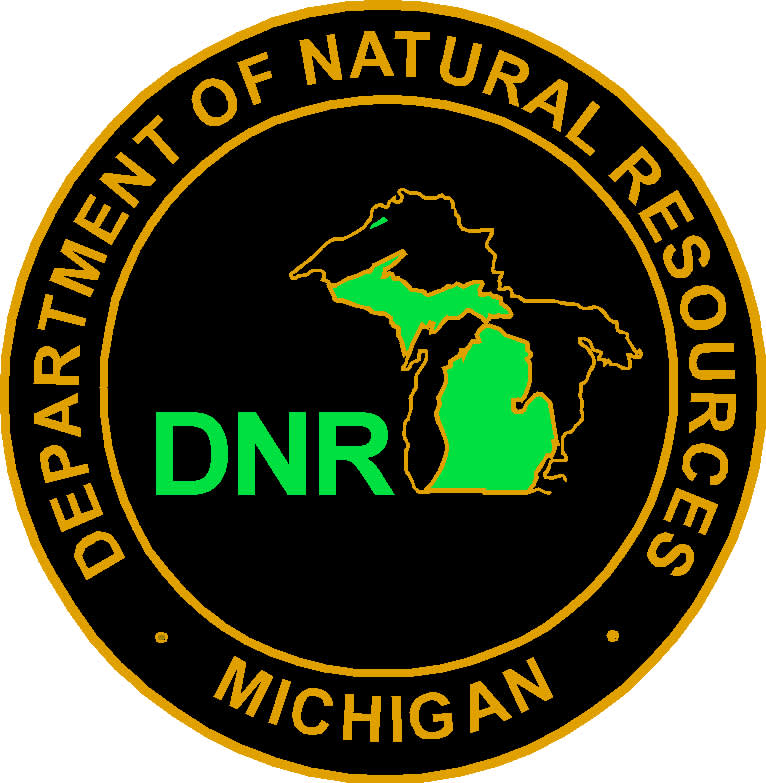Epizootic Hemorrhagic Disease Confirmed in Eight Michigan Counties

EHD confirmed in eight Michigan counties: Barry, Branch, Calhoun, Cass, Clinton, Eaton, Ionia and Montcalm
The Michigan Department of Natural Resources and Michigan State University Diagnostic Center for Population and Animal Health recently confirmed and announced the death of deer in Ionia and Branch counties was due to epizootic hemorrhagic disease (EHD). Today the two organizations have confirmed EHD in six additional counties: Barry, Calhoun, Cass, Clinton, Eaton and Montcalm. There has been a nationwide increase of EHD outbreaks due to the extended hot and dry conditions.
The often-fatal viral disease, found in wild ruminants, causes extensive internal bleeding within deer and is transmitted by a midge, or type of biting fly. A constant characteristic of the disease is its sudden onset. Deer lose their appetite and fear of humans, grow progressively weaker, salivate excessively and finally become unconscious. Due to a high fever, infected deer often are found sick or dead along or in bodies of water. There is no evidence that humans can contract the EHD virus.
EHD outbreaks killing deer in Michigan have occurred in isolated areas almost every year since 2006. Prior to 2006, EHD outbreaks in Michigan occurred in 1955 and 1974. The estimated mortality has varied from 50 to 1,000 deer per year in the affected areas.
“We are seeing a large die-off of deer in local areas. To date we have over 900 reports of dead deer across all counties,” stated Tom Cooley, DNR wildlife biologist and pathologist. “Although it is difficult to see so many dead deer, this is still a localized issue and the regional deer population should not be impacted.”
The DNR would like to remind hunters that they may not see as many deer in the areas where EHD is occurring. Deer numbers in the affected areas should rebound within a few years.
There is no known effective treatment for, or control of, EHD. Where EHD is more common, deer have built up antibodies to the disease, and population recovery does not take long. Michigan deer do not have the benefit of these antibodies. Losses may be severe but are typically restricted to localized areas. Population recovery may take longer than has been experienced in other states.
Property owners who discover dead deer or would like to talk to their local wildlife biologist should contact their nearest DNR office. Office locations can be found at www.michigan.gov/wildlife by clicking on Wildlife Offices.
It is acceptable to allow natural deterioration processes to dispose of deer that die from EHD. Natural deterioration will not spread the disease or cause other disease outbreaks. Property owners are responsible for the proper disposal of carcasses that they wish to remove from the site. Carcasses should be buried at a sufficient depth so that no parts are showing above ground. Carcasses also can be disposed of at landfills that accept household solid waste.
For more information on EHD, visit www.michigan.gov/wildlifedisease.

